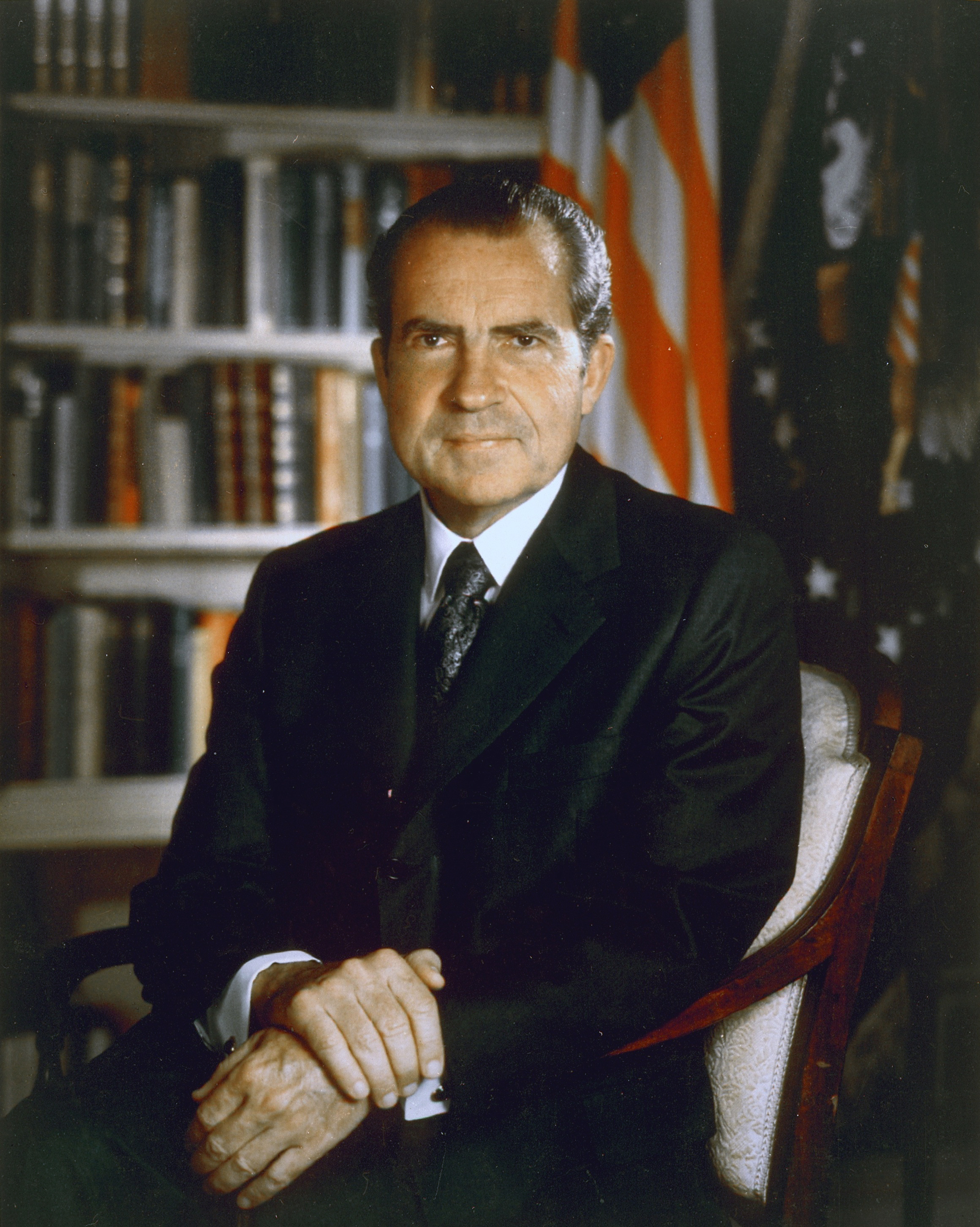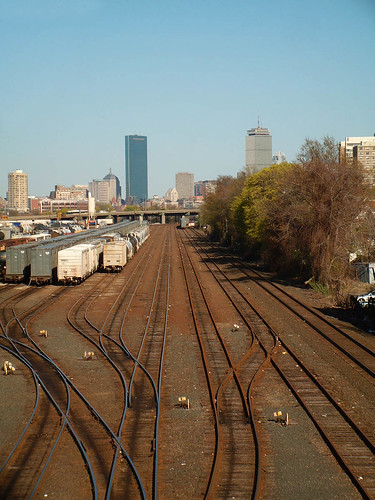 The Allston Brighton Community Development Corporation held its annual meeting Tuesday night featuring keynote speeches by Bill Marchione, President of the Brighton Allston Historical Society, on the historical development of the "streetcar suburb", and Fred Salvucci, formerly state Secretary of Transportation under Massachusetts Governor Michael Dukakis, on good and bad transportation policy during the past 50 years.
The Allston Brighton Community Development Corporation held its annual meeting Tuesday night featuring keynote speeches by Bill Marchione, President of the Brighton Allston Historical Society, on the historical development of the "streetcar suburb", and Fred Salvucci, formerly state Secretary of Transportation under Massachusetts Governor Michael Dukakis, on good and bad transportation policy during the past 50 years.After noting his long-time involvement with the Democratic Party -- and listing a series of Republican politicians for whom he never voted -- Salvucci then praised former President Richard Nixon's administration, particularly U. S. Secretary of Transportation John Volpe (who had previously been Governor of Massachusetts), for their commitment to public transportation. Salvucci said that Secretary Volpe was able to put a lot of federal money into funding public transportation.
Salvucci said that because we will have a new U. S. President in 2009 -- and a committed member of the Committee on Transportation and Infrastructure, U. S. Representative Michael Capuano -- "we have the chance to go back to where we were with [the] Nixon" administration.
During the key time period of 1967-1987, Salvucci listed a series of important policies that he said accompanied economic revitalization of downtown Boston: limits on parking downtown in 1973; the first employer subsidy of public transportation passes for its employees (by the John Hancock Company); and the opening of federal funding, previously reserved only for highway construction, for public transportation expenditure.
Locally in Massachusetts, "the fall off in road maintainance occurred beginning in [Governor William] Weld's administration" with his ideas about privatization, Salvucci said; the prior two administrations, that of Republican Governor Francis Sargent and Democratic Governor Michael Dukakis (Salvucci's former boss), were committed to developing public transportation, such as commuter rail.
In response to an audience question about the slow trains on the MBTA's B Line, Salvucci said that "the T doesn't have enough funds to run [itself] properly," and Allston-Brighton is suffering as a result of it. In order to have more people use public transit, we have to provide more service -- and that means money. He called for three-car trains on the B line to expand capacity.
Turnpike, Rail Yards, and Crumbling Infrastructure in North Allston
Salvucci's speech described the details of how construction of the Massachusetts Turnpike, starting in 1956, damaged the public transportation infrastructure by limiting the adjacent railroad tracks effectively to just one track -- which has to alternate allowing outbound and inbound trains. The construction project also required taking many North Allston and North Brighton houses by eminent domain, including Salvucci's mother's house and many Lithuanian immigrant neighbors, for which they were not fairly compensated.

Salvucci noted that he has been working with Harvard University for a number of years related to reconfiguring or moving the CSX rail yard in North Allston, but said that this project provides a big opportunity for expanded transportation infrastructure in the neighborhood. The turnpike interchange at Cambridge Street is falling apart (several pieces of concrete have fallen onto the tracks below), and the nearby intersection at the Guest Quarters is among the worst in the entire state.
Reconfiguring the whole rail yard area could allow for new through streets and overpasses crossing the tracks, and improve connectivity between Allston, Harvard Square, Cambridgeport, MIT, and Kendall Square. Those connections are envisioned in the Urban Ring project that is trying to get off the ground and will be the subject of several public meetings -- including one at the Boston Arts Academy in the Fenway on Monday, June 9th at 6:30 pm.
Boston University as a Model for a Dense, Urban Campus
Salvucci offered comment -- in addition to his written public comments in February -- on Boston College's revised, proposed institutional master plan which will likely be unveiled at a meeting on Wednesday night. "When I was growing up in Brighton," he said, the neighborhood had a similar number of people, a few farms, but far fewer cars. The density of housing at that time made public transportation workable.
"I'm much more in favor of a BU-style density on BC's main campus," rather than the "sprawl" of BC's proposed expansion into the former St. John's Seminary property, he said.
Image of CSX rail lines by Night Owl City provided through a Creative Commons license.
No comments:
Post a Comment